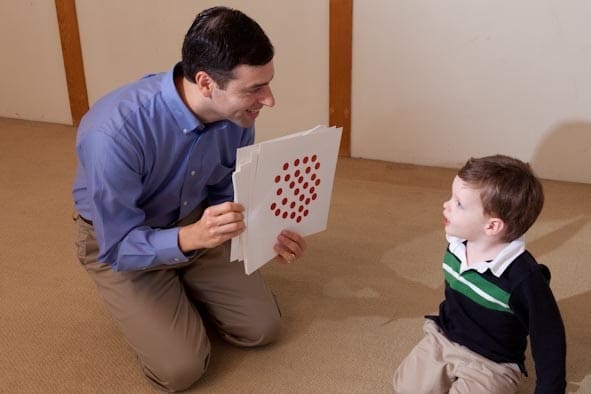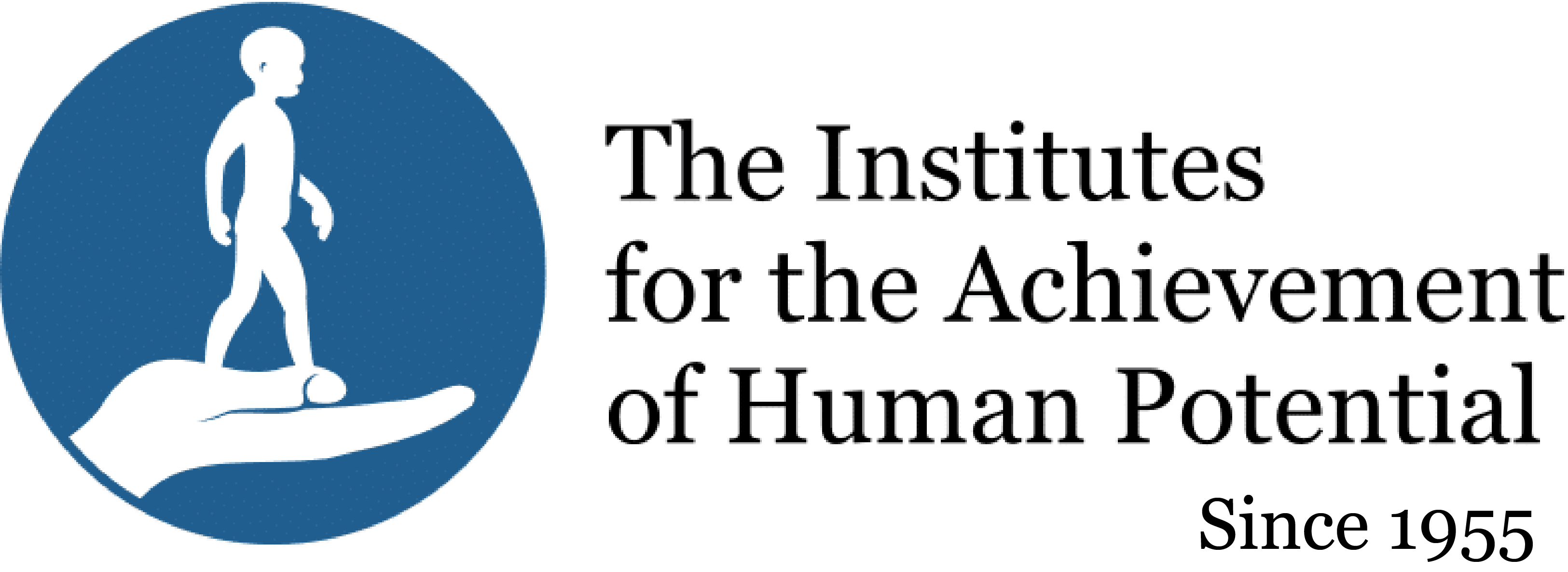You Are a Great Math Teacher
What is the essential ingredient in successfully teaching your child mathematics? Special knowledge of the subject? An advanced degree? Tremendous facility in mathematical calculations?
Not really any of the above.
In fact, often parents are far better teachers for their young children than someone else with great knowledge of math. Parents are more likely to begin at the beginning. They teach one step at a time. They keep it simple and clear. This builds true understanding in their children.
Parents are always the best teachers for their baby, and teaching any subject with joy is the most essential ingredient in all of teaching. Actually parents are almost always much better mathematicians than they think they are. No adult could get through the day without thinking and reasoning mathematically. We have to calculate time, money, distance, weight, and measurement in order to plan and organize for our daily life.
Many parents have created fine young mathematicians by doing such calculations out loud. They actively engage their child in mathematical conversations throughout the day.

Speaking the language of mathematics fluently in this way accomplishes a great deal for a child who has been taught mathematical Bits of Intelligence, Dots. Thus, mathematics is not confined to a few daily sessions of presenting arithmetic on cards but becomes a living language, vital to the exciting activities of the day. When you speak a language regularly and conversationally, your child will have the opportunity to do so, too. The Dots are simply the basic facts or words of the language of mathematics. The more these words are spoken, the more meaningful and useful they become.
Writing down a language you are teaching is extremely helpful for both parent(s) and child. It is far easier to be consistent in teaching when the information is written in a form that can be repeated precisely, easily and often. For example, daily schedules listing time and events, records of time and distance in physical activities, recipes, household budget facts, and detailed weather reports provide your child with a fine mathematical environment when written in large print and posted throughout the house.
Sharing your wealth of practical mathematical knowledge can be accomplished efficiently by planning to teach one area at a time. Let’s take distance as an example. You might begin by measuring prominent household objects, hallways, doorways, windows and rooms and then speaking of them, precisely and often. Replace “Let’s creep for a little while” with “Let’s creep one hundred feet—that’s two times around the living room.” The topic of distance ranges, of course, from a millimeter (the head of a pin) to thousands of miles and everything in between. That’s a lot of mathematics to learn and enjoy together.
You never need run out of ideas in using the language of mathematics as there are so many readily available sources at your disposal. The daily newspaper is a good example. Open it up to virtually any page and focus in on numbers in advertisement, the weather report, sports page statistics, stocks and bonds or the price of gold and silver. Depending on your child’s interest, each could become a short or long term project of study in math. Even the telephone directory is a helpful source as the first section lists domestic and international time zones quite clearly. Using the simple guidelines of Eastern Standard Time, Central Time, Rocky Mountain Time, etc., your child can easily learn to compute that when it is noon (lunch time) in Philadelphia, it’s nine o’clock in the morning (breakfast time) in Los Angeles.
By using a world map marked with time zones, you can teach that at eight o’clock at night (bed time) in Philadelphia, it’s ten o’clock the next morning in Tokyo, and the children are in school.
Hundreds of retired Bits of Intelligence in your home library offer possibilities for using math. Dictionaries and encyclopedias provide a wealth of interesting math facts to be taught and compared. The cheetah runs 60 miles per hour; the elephant can run 30 miles per hour, half that speed. Rembrandt was born in the year 1606 and lived 63 years; Picasso was born 212 years later. The heart beats around 70 times per minute, 100,000 times per day. The Statue of Liberty is 150 feet high; the Eiffel Tower in Paris, France is 984 feet tall. This type of information can form an interesting story or problem each day. For example, if we wanted to climb Mr. Everest in five days, how many miles must we climb each day to reach the top?
The language of mathematics is virtually as wide and endless as the universe. The earth is 25,000 miles around…The distance from the earth to the moon is 220,000 miles…One orbit around the sun for the planet Pluto takes 248 years…Light travels at a speed of 186,000 miles per second…
Mathematics is a fascinating journey that every parent can take with her child, with confidence and joy. And equipped with the language of math, the destinations are unlimited.
By Susan Aisen
Director of The Institutes for the Achievement of Intellectual Excellence

 Donate
Donate








